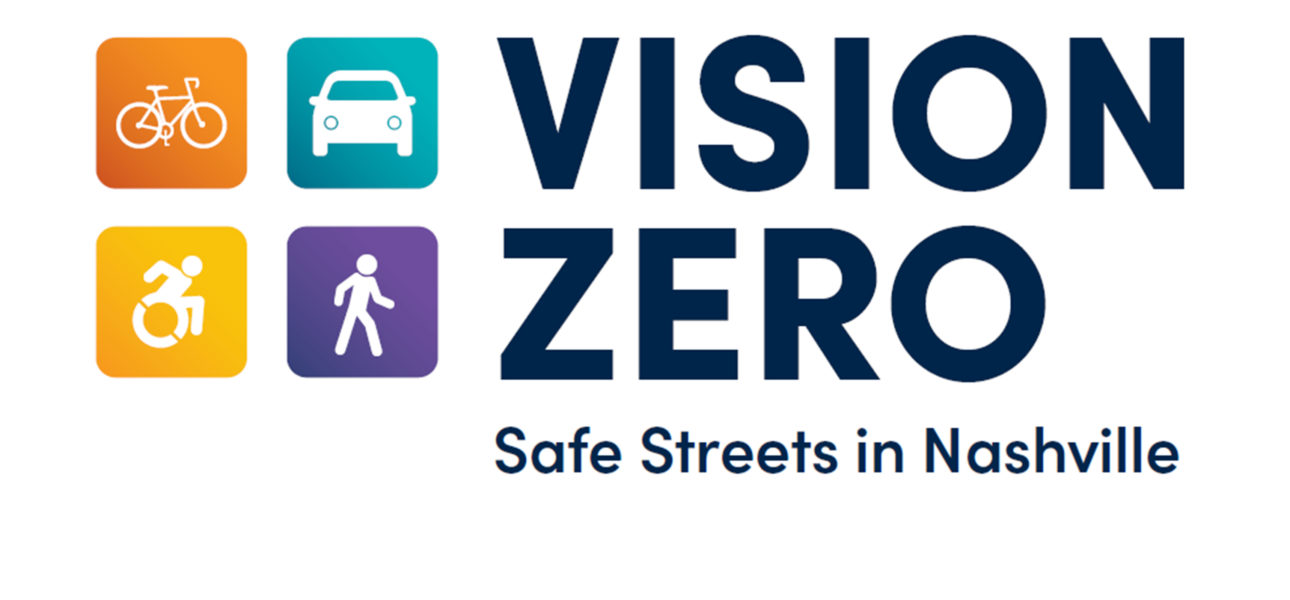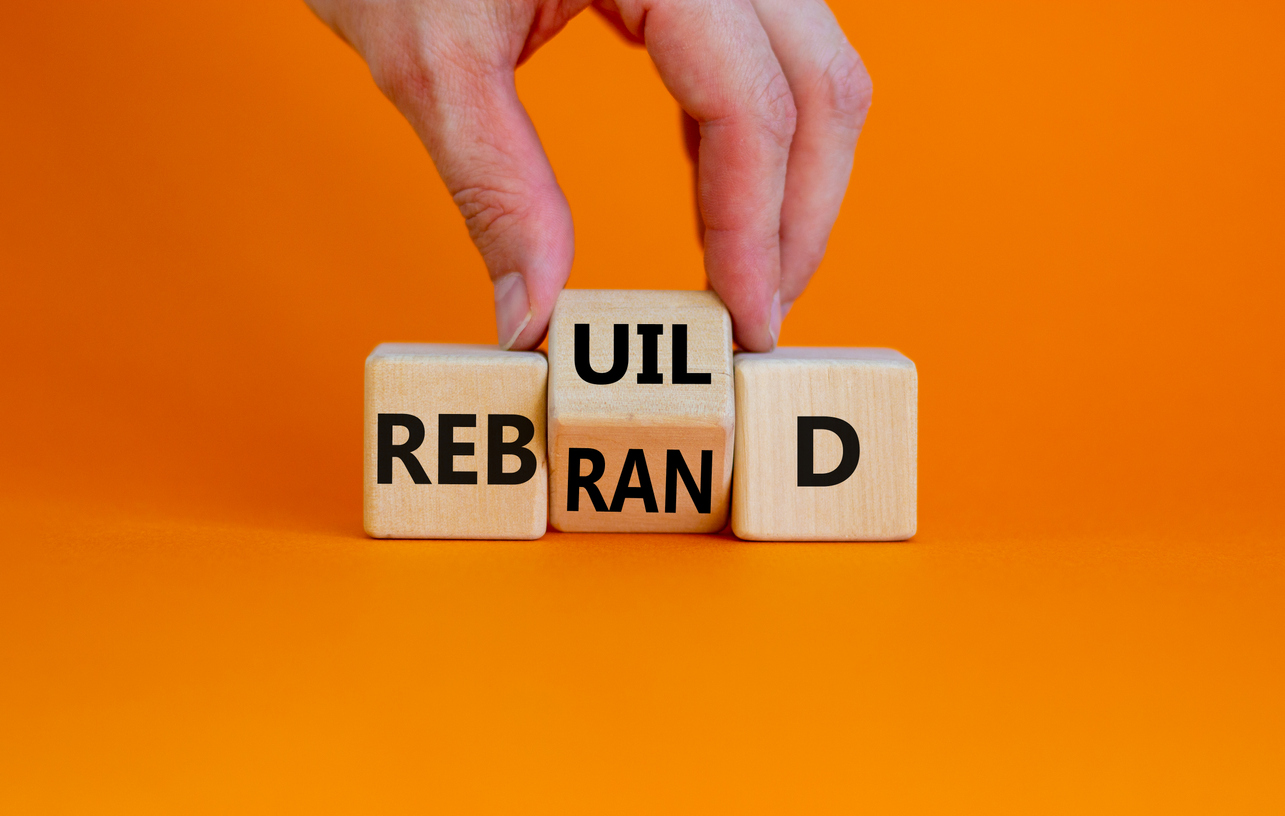
The devastating 2010 earthquake in Haiti has sparked massive redevelopment efforts for the country with tourism development being a prime area of opportunity. With all of the foreign investments pouring in and all eyes on Haiti, the country has the national spotlight and can leverage it to recreate the country’s appeal as a tourism destination. 
Labadee, Haiti, a private paradise off the country’s northern coast, has been a tourist attraction since Royal Caribbean included it among its Caribbean destinations back in the mid-1980’s. Now is the opportunity to position the rest of the country as a destination especially since major hotel chains like Marriott and other boutique hoteliers are developing in the country.
Haiti’s Minister of Tourism has already taken steps towards rebranding the country with an international logo competition and slogan back in March that resulted in hundreds of submissions. Although a logo is not a branding strategy, it does help to visually identify and connect the audience to the brand. The selected new logo and slogan to be used in Haiti’s communications campaign is the word Haiti decorated with a hibiscus flower and a sun and the slogan, “Experience It!”
While the slogan makes good use of a call to action for travelers to discover the country’s cultural heritage and richness, the true measure of the slogan’s effectiveness will rely on the campaign’s ability to help prospective travelers visualize the experience they’ll get. Branding is all about delivering a promise and value and making it resonate to the right people through the right messages.
Rebranding Haiti: The Essentials
Obviously, Haiti’s tourism appeal is darkened by negative perceptions and infrastructure challenges, among other things, but this is where a rebranding and deeply penetrated communications strategy will activate the newly created “Experience It!” slogan. Every destination brand must communicate a value proposition that is sustainable, believable, and relevant.
In Haiti’s case, there are a few essentials that are foundational to creating this new value proposition:
- How can Haiti differentiate its tourism brand, and what is the promise and experience that it will deliver? The answer must be consistently communicated throughout the communications campaign.
- As outlined in our previous post, The Key to Competitive Positioning for Destination and Tourism Brands, destination brands must understand the balance between the push and pull factors that contribute to traveler’s motivating factors to choose a destination over another. Especially with neighboring Caribbean destinations that are much stronger brands than Haiti, the country’s positioning must acknowledge that tourists will choose Haiti for different reasons than they would other Caribbean destinations. Where Haiti can uniquely create a brand is by leveraging the “Experience It!” slogan with a brand that incorporates culture, history, and Haiti’s unique natural richness.
- Haiti’s cultural assets as in Jacmel and it’s world renowned art is another point of differentiation and positioning. The country could focus on a lifestyle marketing strategy targeted to art connoisseurs and collectors. Prior to the earthquake, Jacmel was a key attraction for world travelers. Now is an opportunity to revive Jacmel and Haiti’s rich art scene through an international PR campaign. Other cultural assets could be revived in this rebranding campaign.
- Pull factors (i.e. attributes and tangibles of a destination) especially for Caribbean destinations are often centered around festivals and carnivals and Haiti’s own carnival is an opportunity to attract the Diaspora through a US-based outreach campaign.
- The rebranding should include a set of marketing activities aimed at creating, maintaining, and promoting a distinct image of the destination targeted to who would be an ideal tourist.
We would approach Haiti’s rebranding through a branding exercise that would identify the branding construct of the country’s cultural, historical, and natural dimensions and find the sweet spot to match with likely visitors. We would then develop the strategy for communicating the new brand by identifying the personality, positioning, and current reality and reinforce it through an international messaging campaign.
Obviously, it’s super important that Haiti’s new positioning as a tourist destination is coupled with an aggressive general PR and communications campaign that seeks to change the negative images and perceptions that the world has of Haiti. This PR strategy should include highlighting Haiti’s good, it’s historical significance, and the country’s transformation.


